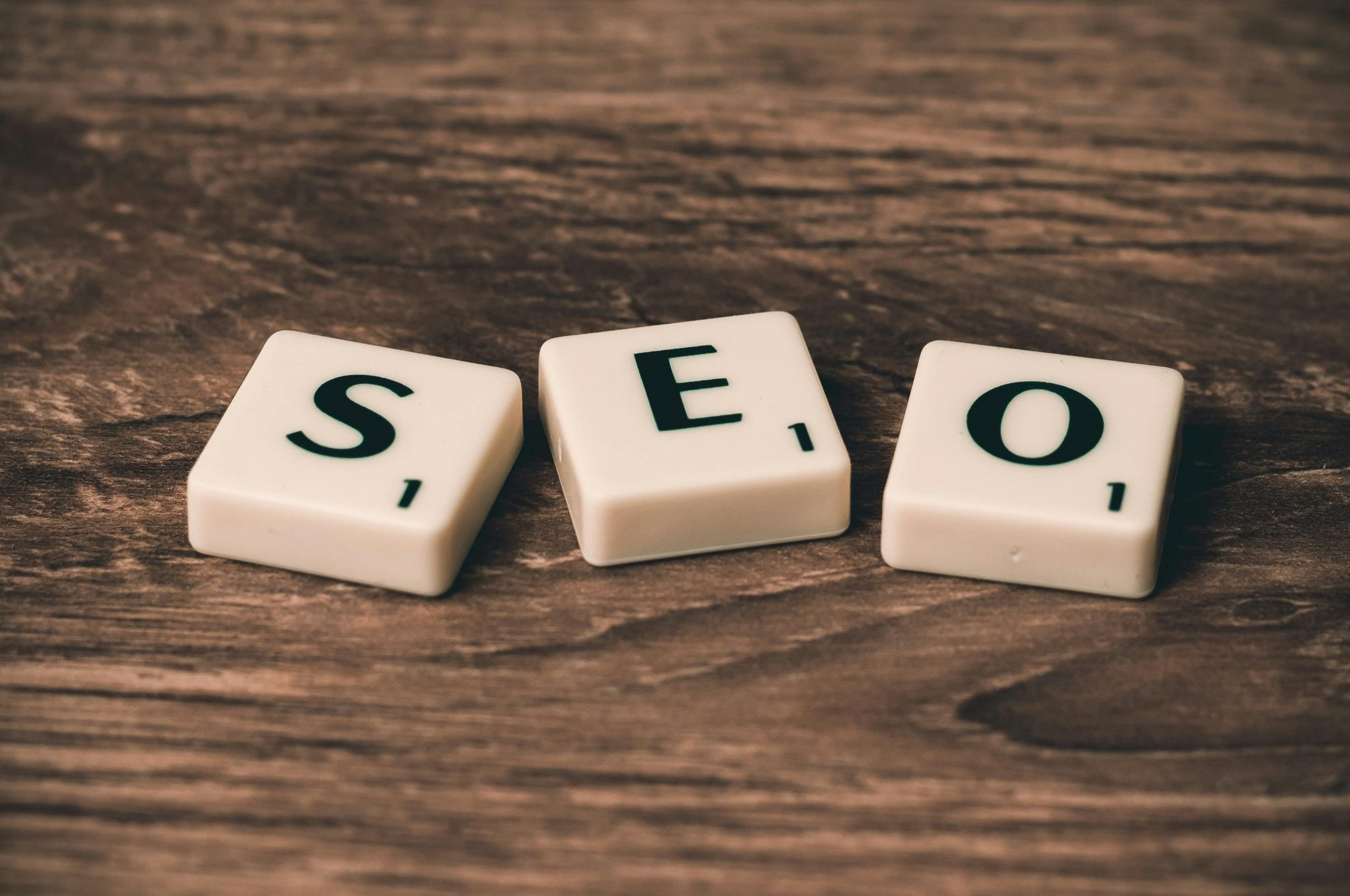In today’s competitive digital landscape, mastering on-page SEO is essential for improving your website’s visibility and ranking higher on search engines like Google. On-page SEO involves optimizing individual web pages to attract organic traffic and provide a seamless user experience. Whether you’re a beginner or an experienced marketer, this ultimate guide will walk you through the best practices for on-page SEO optimization in 2024.
What Is On-Page SEO?
On-page SEO refers to the techniques used to optimize web pages for both search engines and users. Unlike off-page SEO, which focuses on external factors like backlinks, on-page SEO deals with elements you can control directly on your website. These include content quality, keyword usage, meta tags, and internal linking.
Why On-Page SEO Matters
Search engines prioritize websites that offer valuable, well-structured content. Proper on-page optimization ensures your pages are easily crawlable, relevant, and engaging, which can lead to higher rankings and increased organic traffic.
Key On-Page SEO Elements to Optimize
To maximize your on-page SEO efforts, focus on these critical elements:
1. Keyword Research and Placement
Keywords are the foundation of SEO. Start by identifying high-intent, low-competition keywords using tools like Google Keyword Planner or Ahrefs. Once you have your target keywords:
- Include the primary keyword in the title tag and meta description.
- Use variations naturally throughout the content.
- Place keywords in headings (H1, H2, H3) for better readability.
- Avoid keyword stuffing—focus on user intent.
2. Title Tags and Meta Descriptions
Title tags and meta descriptions are the first things users see in search results. A well-crafted title and description can improve click-through rates (CTR). Follow these best practices:
- Keep titles under 60 characters.
- Write compelling meta descriptions (under 160 characters).
- Include your primary keyword naturally.
- Use action-oriented language to encourage clicks.
3. High-Quality Content
Content is king in SEO. Google rewards pages that provide valuable, original, and well-structured content. To create SEO-friendly content:
- Write for your audience first, search engines second.
- Break content into digestible sections with subheadings.
- Use bullet points and numbered lists for readability.
- Update old content regularly to keep it relevant.
4. URL Structure
A clean, descriptive URL helps search engines and users understand your page’s topic. Optimize URLs by:
- Keeping them short and simple.
- Including the primary keyword.
- Avoiding unnecessary parameters or numbers.
- Using hyphens to separate words.
5. Internal Linking
Internal links guide users and search engines to other relevant pages on your site. A strong internal linking strategy can:
- Improve site navigation and user experience.
- Distribute page authority across your website.
- Help search engines discover and index pages faster.
Technical On-Page SEO Considerations
Beyond content and keywords, technical optimizations play a crucial role in on-page SEO. Here are some key factors to address:
1. Mobile-Friendliness
With mobile traffic surpassing desktop, Google prioritizes mobile-friendly websites. Ensure your site:
- Uses a responsive design.
- Loads quickly on mobile devices.
- Has readable text and easy-to-click buttons.
2. Page Speed
Slow-loading pages hurt user experience and rankings. Improve page speed by:
- Compressing images without sacrificing quality.
- Minimizing CSS and JavaScript files.
- Using a reliable hosting provider.
- Enabling browser caching.
3. Schema Markup
Schema markup helps search engines understand your content better, increasing the chances of rich snippets in search results. Implement schema for:
- Articles.
- Products.
- Reviews.
- FAQs.
User Experience (UX) and On-Page SEO
Google’s algorithms increasingly prioritize user experience. A well-optimized page should be:
- Easy to Navigate: Clear menus and intuitive design.
- Engaging: Multimedia (images, videos) to enhance content.
- Accessible: Proper alt text for images and readable fonts.
Bounce Rate and Dwell Time
High bounce rates and low dwell times signal poor content quality. Keep visitors engaged by:
- Writing compelling introductions.
- Using interactive elements like quizzes or polls.
- Including clear calls-to-action (CTAs).
Conclusion
On-page SEO is a powerful tool for boosting your website’s rankings in 2024. By focusing on keyword optimization, high-quality content, technical improvements, and user experience, you can create pages that both search engines and users love. Start implementing these strategies today, and watch your organic traffic grow!
